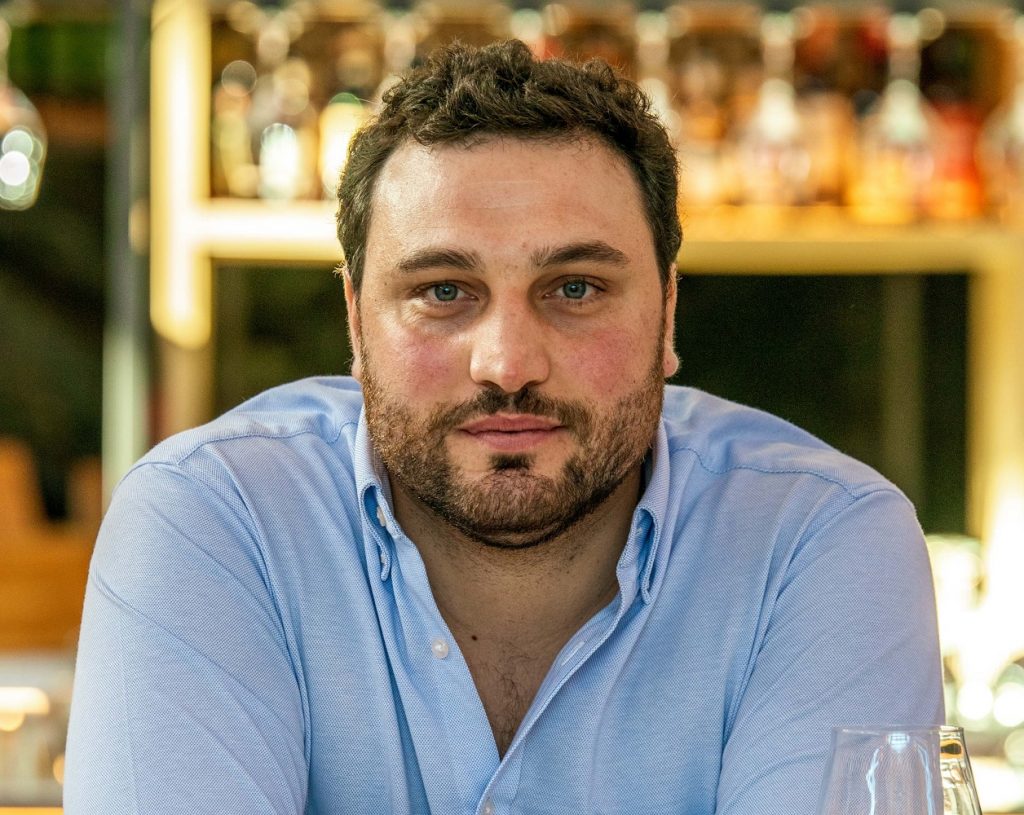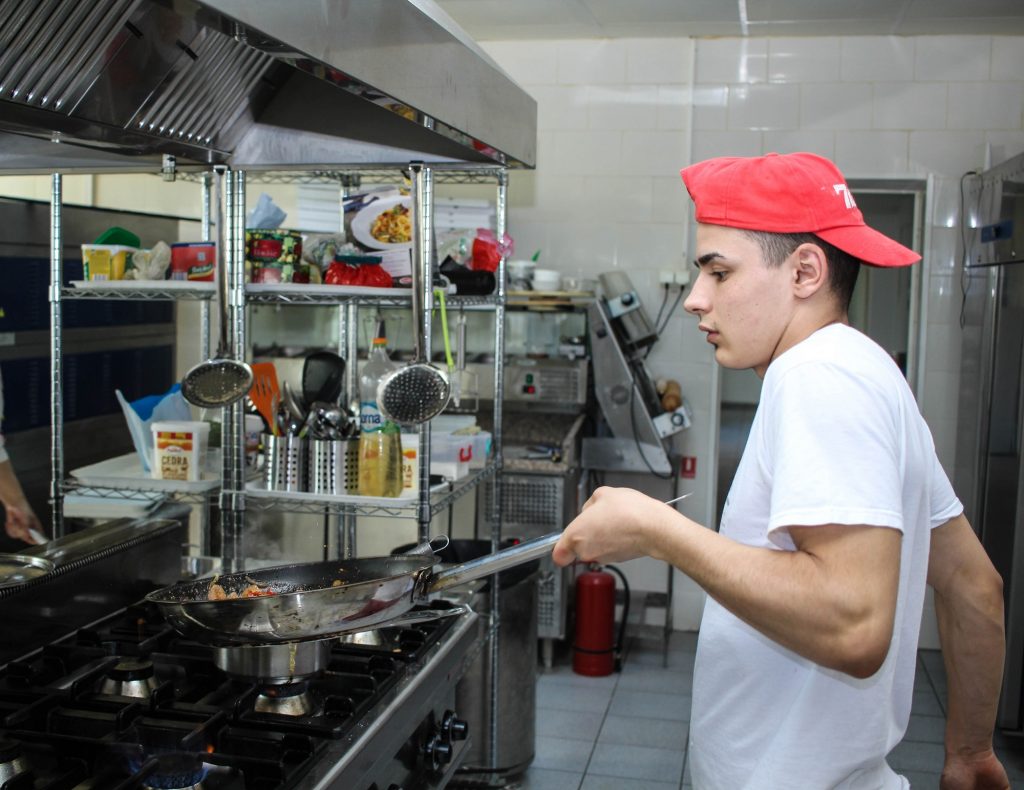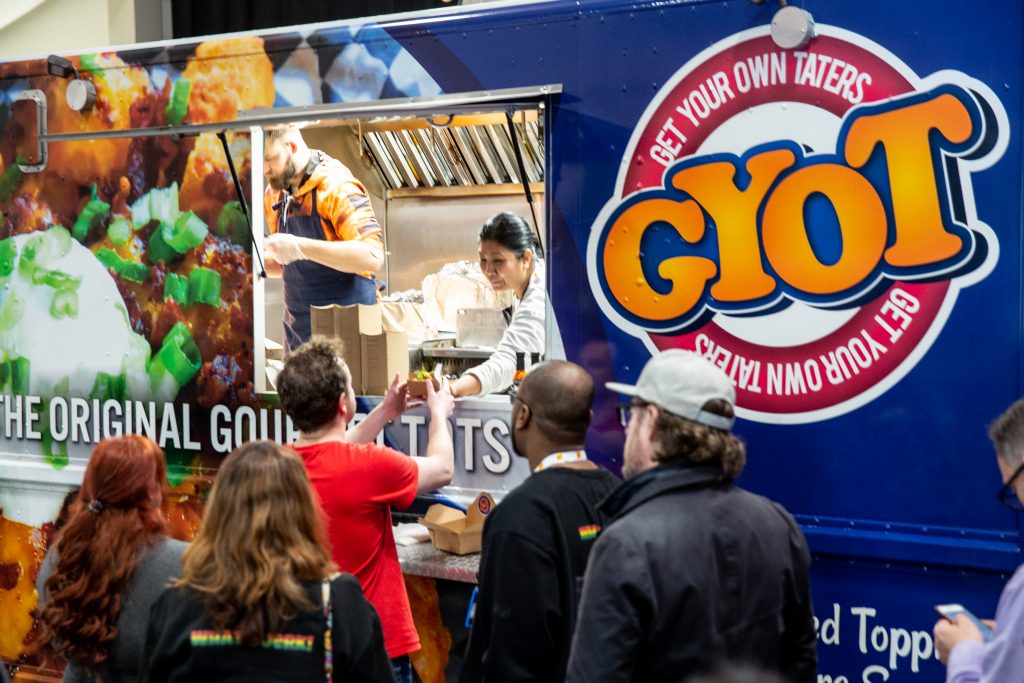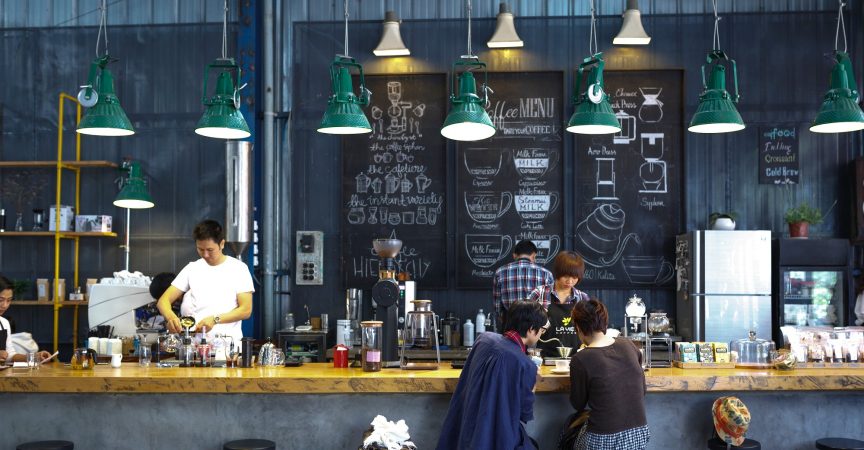How to Diversify & Thrive in the Foodservice Industry: Business and Profit Avenues
Running a restaurant has always been a competitive,
labour intensive effort with razor-thin profit margins (the average profit
margin for a restaurant in Canada is less than five per cent). While our
appetite for restaurant food continues to grow—in the sectors of takeout and
delivery especially, and culinary tourism—foodservice businesses are finding it
harder to capitalize on consumer demand in the face of challenges: competition
is no longer from within the industry alone, as food and beverage manufacturers
and retail encroach on foodservice territory; demographic changes are making it
tougher to recruit and retain staff; and menu preferences are becoming more
specialized.

It’s critical that restaurants learn how to adapt and “Diversify & Thrive” through a variety of means—updating human resources practices and developing robust retention strategies, exploring new menu offerings and creating unique customer experiences. In an industry that faces uncertainty and fierce competition, staying relevant through diversification is essential.
In this three-part series, we’ll be taking a look at how key leaders in the the food, beverage and hospitality sectors are approaching diversification when it comes to their business models, menus, and people. First up, we’ll be delving into business models and discovering how retail, ghost kitchens, and various profit avenues can help you succeed in the year ahead.
Diversifying Your Business Model: Retail
One of the trends driving innovation in foodservice is the use of retail to diversify your business model and drive additional sources of revenue.
The launch of Eataly’s Toronto location in a renovated portion of the Manulife Centre at Bay and Bloor was highly anticipated. Joining Eataly’s roster of over 40 food emporiums, the Toronto venture boasts over 50,000 square feet, spanning three floors and includes four full-service restaurants, seven food counters, two bars, a brewery, and a huge marketplace with over 400-plus kinds of cheese; including a mozzarella-making counter, a gelateria and a cooking classroom that hosts cooking classes for both adults and children.
The foundation of Eataly’s business model is their motto of “Eat, Shop & Learn.” Visitors can enjoy a sit-down meal or grab readymade meals and go on market tours with an Eataly ambassadors.
By diversifying their offerings, Eataly has provided
a model that allows customers to have a unique and fully immersive food
experience. Nicola Farinetti, CEO of Eataly and son of its founder Oscar
Farinetti comments: “People always want to change and experience new things, so
multi-outlet concepts like this provide a different experience every time you
go in. You can come into Eataly 20 times a month and have 20 different
experiences. That’s what we’re offering.”

In addition to differentiating their business model, Eataly takes it one step further by adapting to the local culture. This means that no Eataly store in the world is the same—every Eataly location is dedicated to a different value, and in Toronto, fittingly, it’s multiculturalism.
Using customer feedback, Eataly customizes each store, offering different products and menus, demonstrating their ability to be receptive to customer feedback and learn from it, which allows them to provide a memorable customer experience.
Another strategy Eataly uses to diversify their offering is to make it a priority to develop strong and lasting partnerships with experienced and local partners to help develop exclusive consumer experiences in Toronto they have brought in local businesses such as Diana’s Seafood to run the fish counter and Junction-based Indie Alehouse to run the brewery. Eataly will be speaking more on how they are expanding the consumer experience at RC Show 2020’s Leadership Conference.
Diversifying Your Business Model: Ghost kitchens
George Kottas is CEO and founder of Ghost Kitchens Canada. Developing strong partnerships with both delivery services and international brands is a strategy George Kottas has used to further strengthen his restaurant business model.
Eschewing the traditional brick
and mortar concept, Kottas operates a ghost or virtual restaurant. The idea came to him while he was running a
restaurant called Bite Me Grill when approached by Uber Eats and Just Eat about
providing a delivery service. “Our place was open from 7 am to 3pm every day.
One day, by accident, we left our tablet menu open for orders online for 24
hours, during our closed hours and when I came in the next morning, there were
40 missed orders. That’s when I realized that consumer tastes, habits and
expectations are changing,” he explains. He hired additional staff, and within
a week was offering delivery from 3pm-midnight. Soon after, he made the shift
from a retail business to a 24-hour delivery ghost kitchen, exploring
additional food concepts, starting with Greek.
Within six months he had gone from one breakfast restaurant to eight
different restaurant concepts, all within one ghost kitchen. “No one cared that
there wasn’t a restaurant,” he says.

Everything is ordered online, prepared by his two cooks in the ghost kitchen and delivered through online food delivery services. Customers interact only with the delivery company, which places the orders and delivers the food directly to the customer. This eliminates the need for customer service, allowing him to focus on the quality of the food.
To date, Kottas has created more than 30 different restaurant brand concepts, with diverse menus within each of those concepts. Having a commercial kitchen that can produce more than one type of cuisine is a huge benefit to running a ghost operation, and Kottas can design his menus to allow for easy food prep. A ghost kitchen also allows for easy entry into the market. “With rents going up and taxes and labour costs, it’s tougher and tougher to open a restaurant,” says Kottas. However, he does admit that delivery services can typically take a 30 per cent cut from every order and that staff recruiting and training challenges remain the same as those faced by traditional brick and mortar models.
He is trying to diversify even further by launching delivery services for major, highly recognizable international brands such as Cinnabon, Ben & Jerry’s and Nescafé. He plans to create partnerships with 15 to 20 international brands to connect customers to the brands they love that would not normally have access to in an online delivery service.
By offering choices to customers through the diversification of their business models, both Eataly and George Kottas’ have taken steps to achieve stability and longevity within an often unpredictable industry. George will be outlining his pathway to success at RC Show 2020 during the Leadership Conference.
Diversifying Your Profit Avenues
Jason Bellissimo,
owner of JB Innovative Solutions
and the founder of Food Truck N’
Friday couldn’t agree more. Taking place on select Fridays
throughout the year, each pop-up event gathers 10 of Toronto’s top food trucks
all in one convenient spot, usually at a primary residence in Etobicoke,
although he has begun to expand to other cities. “The main importance of being
in the hospitality industry is offering a hospitable experience. The main
reason we’ve been so successful with the Food Truck N’ Friday concept is that
it’s as if they are coming into my home, and that’s the main ingredient for
success to happen. It is all about the way to deliver the hospitable
experience.”

Bellissimo’s Food Truck N’ Friday model has been so successful that last year, he brought his concept to RC Show 2019 for the first time, as The Food Truck’N Experience. He works with vendors at the show to integrate brand products into the food truck experience, and the trucks then create their own menus to showcase the products. He will be running a second activation this year at RC Show 2020 where he will feature 8 to 10 new trucks in the World Pavilion featuring international flavours from arepas to Caribbean fusion cuisine.
He feels his diversified model is what brings people back: “I wanted to showcase cuisines from around the world. However, the focus always comes back to the experience. The experience must be on par with the uniqueness of the menu creation, which has to be on par with the uniqueness of the flavours, quality and taste. Menu ideation is all about confidence in the concept. Even if you change the menu every week, it’s the concept that stays the same.”










I used to be able click here to start summary
find good info from your blog posts. http://idkslfniyi.mee.nu/?entry=3464711
I think the admin of this web page is in fact working hard in favor of
his website, for the reason that here every information is quality based material.
Hey there, I think your site might be having browser compatibility issues.
When I look at your blog in Opera, it looks fine but when opening in Internet Explorer,
it has some overlapping. I just wanted to give you a quick
heads up! Other then that, amazing blog!
I am extremely impressed with your writing abilities as smartly
as with the structure for your blog. Is this a paid subject matter or did you customize
it your self? Either way stay up the excellent high quality writing, it is
rare to look a great weblog like this one these days..
Fastidious response in return of this difficulty with genuine arguments
and explaining all on the topic of that.
It’s perfdct time to make some plans foor the future and it’s time tto be happy.
I have read this post and if I could I desire to suggest you feew interesting things or advice.
Perhaps you could write next articles referrfing to this article.
I desire to rea even more things abhout it!